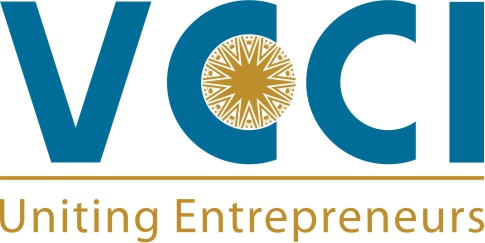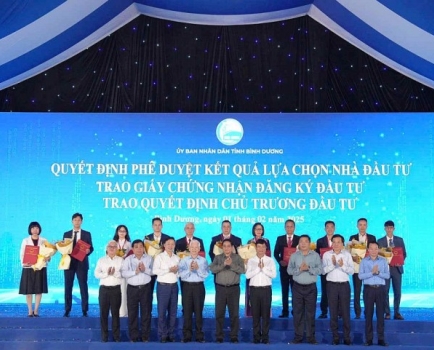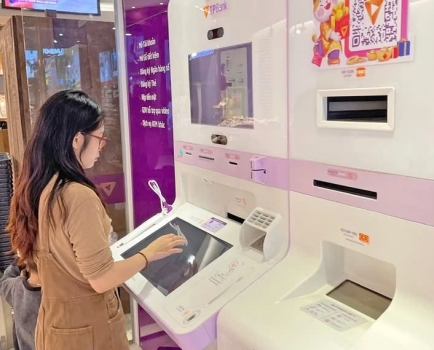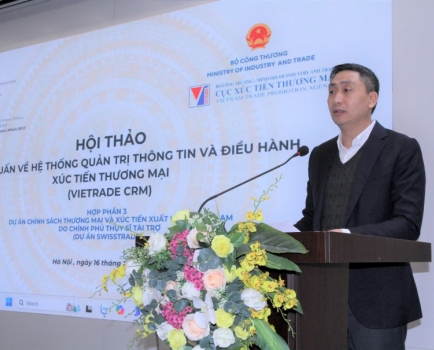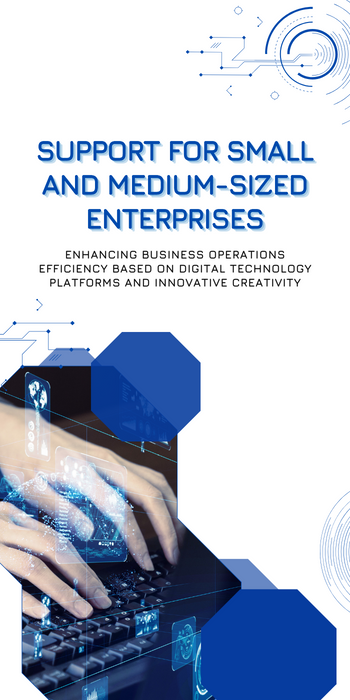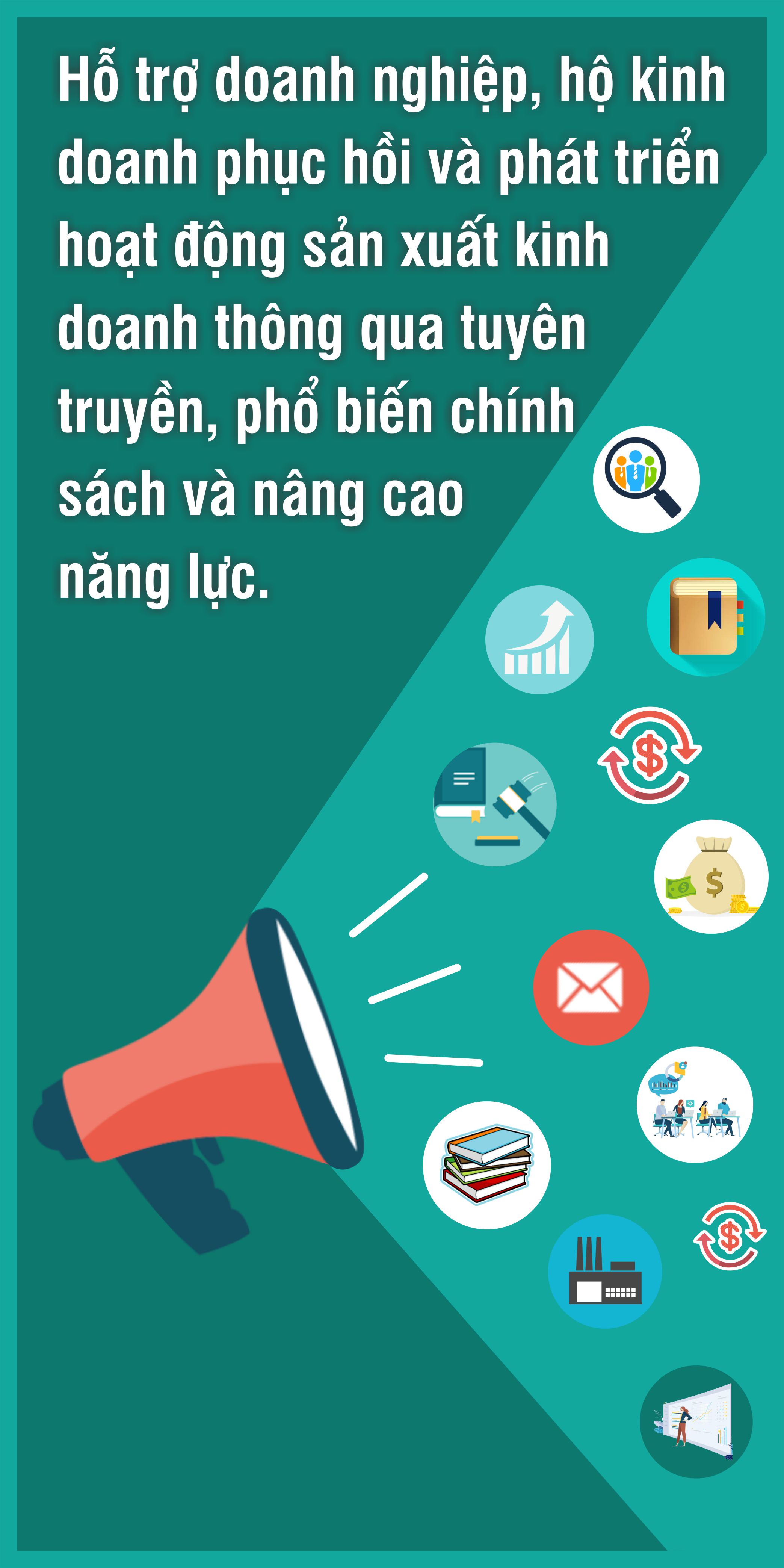Developing "integrated and advanced electronic customs systems"
Sat, 25 Jul 2020 16:45:00 | Print | Email Share:
"Advanced electronic Customs" is the fifth development stage, which is the premise direct to "Digital Customs" – the highest development goal under the direction of the World Customs Organization (WCO).

Customs modernization has made remarkable progress. The Customs sector is urgently
carrying out related work to integrate data from the container scanner system with
the industry's professional IT systems. In the photo: Operating a fixed container
scanner center (Hai Phong Customs Department). Photo: T.B
The period between 3 and 4
Deputy Director of Department of Information Technology and Customs Statistics (General Department of Customs) Mr. Le Duc Thanh said: Customs modernization is facing many great opportunities. It is the Fourth Industrial Revolution which is developing strongly, impacting comprehensivelyall aspects of social life, including strong impacts on the customs reform and modernization period 2020 - 2025.
"In 2018, in order to guide the development of customs in countries, WCO has launched the development model of electronic customs towards six-stage digital customs," Mr. Le DucThanh said.
Specifically, phase 1 (e-customs start-up), data collection of transactions; publish the website; information disclosure; office automation.
Phase 2 (Early Electronic Customs), standardized data; electronicize the process of processing declarations and customs clearance; electronic attached documents.
Phase 3 (e-customs for each field), is the implementation of electronic information in advance; data harmonization; processing information comes first; risk management system; post-clearance audit.
Phase 4 (integrated electronic customs), electronic integrated border management (e-CBM) through integrated electronic operations (payment, declaration); interactive operations; risk management system, identifying key points; general inspection management; mobile application.
Phase 5(Advanced E-customs) e-commerce management; customs clearance 24/7; exchanging information with government agencies; developing the SW Mechanism;exchanginginformation across borders.
Phase 6(Digital Customs) developing global management blocks; mutual recognition; non-intrusive image collection interaction; implementation of the SW mechanism; using modern technologies.
“According to our assessment, Vietnam Customs is between stage three andfour. Therefore, in the next five years, we need to determine the target of striving to make Vietnam Customs a digital Customs.Firstly, we have to urgently complete the 4th and 5th development stages according to the WCO model,”said the Deputy Director of Department of Information Technology and Customs.
Five key groups
Mr. Le DucThanh said that there are five key groups of solutions to focus on implementing to achieve the goal of building "advanced electronic customs" and direct to "digital customs”.
First, we continue to improve the customs legal system; ensure a uniform and transparent customs legal system, in accordance with international standards, and ensure a sufficient legal basis for the technology application of Industry 4.0.
Especially, in the 2020-2025 period, it is necessary to consider and propose the amendment of the Customs Law to meet the requirements of state management of customs in the new period. This is also an extremely important task, a foundation to promote customs reform and modernization.
Second, accelerating the redesign of business processes in the direction of increasing the level of automation as a premise for the redesign of IT systems based on the maximum application of the achievements of Industry 4.0 by the construction of an integrated IT system as a basis for bringing Vietnam Customs to stage four (integrated electronic customs)
Third, we continue to promote the implementation of the National Single Window, ASEAN Single Window and create trade facilitation, focusing on developing IT systems to meet the requirements of connecting, exchanging and sharing information between ministries, departments and agencies within the government and between Vietnam and ASEAN countries and with countries that have signed free trade agreements. This is an important content to bring Vietnam Customs to stage five (Advanced Electronic Customs).
Fourth, the application of artificial intelligence (AI) in image analysis; Big data application in enterprise management data analysis; application of the Internet of Things (IoT) in tracking and supervising goods from the first border gate to the last border gate in order to improve the efficiency of customs management. At the same time, we have to enhance communication and recognition between Vietnam Customs and Customs all over the world.
Fifth, we regularly measure the time of goods release, survey, assess the satisfaction of enterprises with customs procedures as a basis for evaluating the effectiveness of each stage of deployment to meet the requirements of people and businesses
By: Thai Binh/Quynhlan/VnExpress
Source: https://customsnews.vn/developing-integrated-and-advanced-electronic-customs-systems-15290.html
---------------------------------------------
Same category News :
